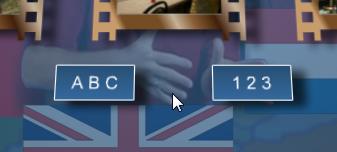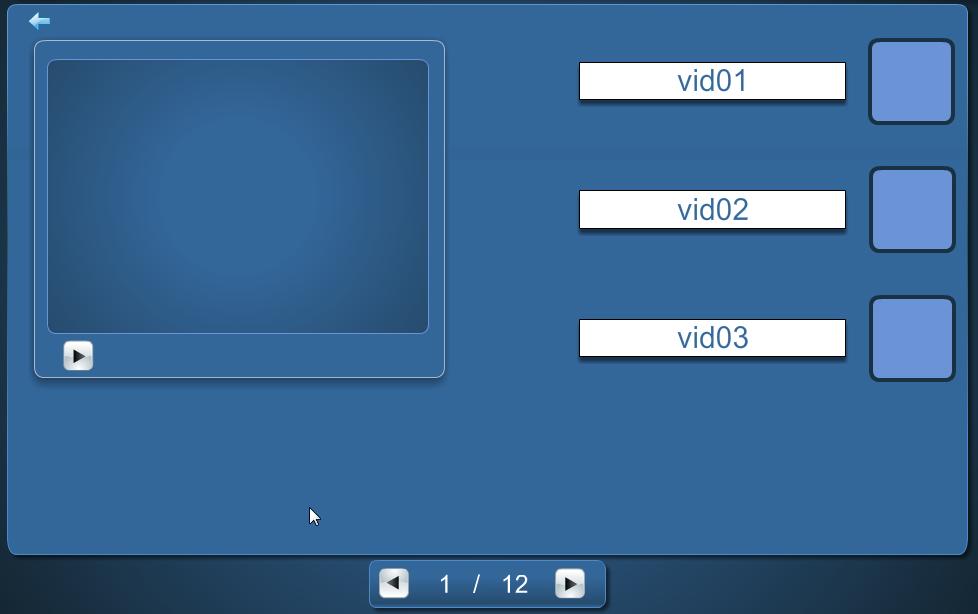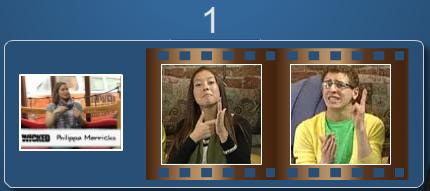Guidelines for Teachers
TeachersSigns2Go was developed for independent use, online. However, the website can also be used by BSL teachers, who want to teach BSL to individuals or groups. If you want to use Signs2Go to teach BSL to an individual or a group, you will find some guidelines, here. First, second, or foreign sign language?Signs2Go was developed to teach BSL as a foreign language, to sign language users in Norway, Germany, the Netherlands and Italy. However, creative BSL teachers can also use Signs2Go, to teach BSL as a first sign language to hearing people, or as a second (orthird, fourth) sign language, to deaf immigrants or visitors in the UK. If you want to use Signs2Go to teach BSL to deaf immigrants or visitors to the UK, you will find some guidelines at the bottom of this page. RequirementsIf you want to use Signs2Go to teach individuals or groups of learners, you must be an experienced sign language teacher. If you want to use Signs2Go to teach deaf learners, you must be an experienced sign language teacher and you must have experience teaching deaf learners. On this page, we assume you know all about sign languages, about teaching sign languages, and about teaching deaf learners. A third requirement is, that you can communicate with the learner(s). You should be able to communicate with the learners using their national sign language or in BSL. Of course, the best option is that you are a fluent user of the national sign language of the learners AND BSL. But this may not be possible, and it is not a requirement. If you are a teacher in Norway, Italy, Germany, or the Netherlands, you must be a fluent user of the national sign language. If you are a teacher in the UK, teaching immigrants or visitors to the UK, it is OK if you do not know the sign language(s), of the learners, but you must be a fluent user of BSL. Using Signs2Go |
1. Choose a unit
Signs2Go consists of 10 units. Each unit has an interview, explanations, and exercises. You can use the units in any order that you want. It is best to start with a topic (unit) that the students are interested in:
Unit 1: Frontrunners, Deaf students
Unit 2: Travelling, sports
Unit 3: A young deaf film-maker, hoody gangs
Unit 4: An elderly deaf film-maker, deaf history
Unit 5: Deaf jet-skiers, sports
Unit 6: Modeling, Miss Deaf UK
Unit 7: Photography
Unit 8: A Deaf clown
Unit 9: A Deaf director, health care
Unit 10: Studying law, CI, travel
2. Watch the summary, together
If learners already know some BSL, watch Clark.
If learners are true beginners, watch the introduction in the national sign language of the learners.
3. If you watched the summary in BSL:
Ask one of the learners to summarize in the national sign language.
4. Watch the Wicked clip, without stopping or pausing
Ask the learners for feedback. Easy to understand? Difficult? Ask them to ‘re-tell’ the interview:
- one by one, in front of the group; or
- first preparing in small groups, then presenting for the whole group; or
- with the whole group, each learner adding what s/he remembers.
5. Watch the Wicked clip, again
Ask the learners for feedback: is it now easier to understand? Did they pick up new information?
6. Ask each learner, what s/he finds most difficult.
Watch this part of the clip, together. Then watch the explanation. You can watch the BSL explanation by Clark. Or the explanation in the national sign language, or both.
7. Fingerspelling & Numbers

Most foreign signers find BSL fingerspelling difficult. If learners in your group see fingerspelling as a major problem, do the Fingerspelling exercises with them (see 14).
Many foreign signers find the BSL number system difficult. If learners in your group see numbers as a major problem, do the Numbers exercises with them (see 15).
8. Subgroups
Split the group up into subgroups or ask learners to work in pairs. Ask them to watch the Wicked interview together. If they see something they don’t understand, they can click on Clark or the national teacher.
9. Share
Ask each subgroup to report to the entire group.
10. Dictionary

Go to the Dictionary for that unit.
Play a BSL sign and sentence and ask the learners for a translation in the national sign language.
Or: play a sign in the national sign language, and ask the learners for the BSL translation (sign only, or sign and sentence).
Use the Dictionary at the beginning of the next lesson, to check what learners remember of this unit.
11. Multiple choice

Go to the Multiple Choice questions for that unit. Play the question in BSL or in the national sign language. Play the 3 alternatives. Ask the learners to choose the correct answer (one learner at a time, or by voting, or everyone writes down his/her own choice). Discuss the results. Go back to the Wicked interview, if necessary.
12. Memory
Demonstrate the memory game for that unit. Do the memory game with the group, or ask the learners to do this at home.
Use the Memory game at the beginning of the next lesson, to check what learners remember of this unit.
13. Webcam

Demonstrate the webcam exercise for that unit. Ask for a volunteer, to sign a sentence. Compare Clark’s video and the learner’s video. Discuss with the group.
Ask learners to practice the webcam activities, at home.
14. Fingerspelling

Do the fingerspelling exercises with the group, or ask learners to do the exercises in pairs, or at home, as homework.
15. Numbers

Do the numbers exercises with the group, or ask learners to do the exercises in pairs, or at home, as homework.


